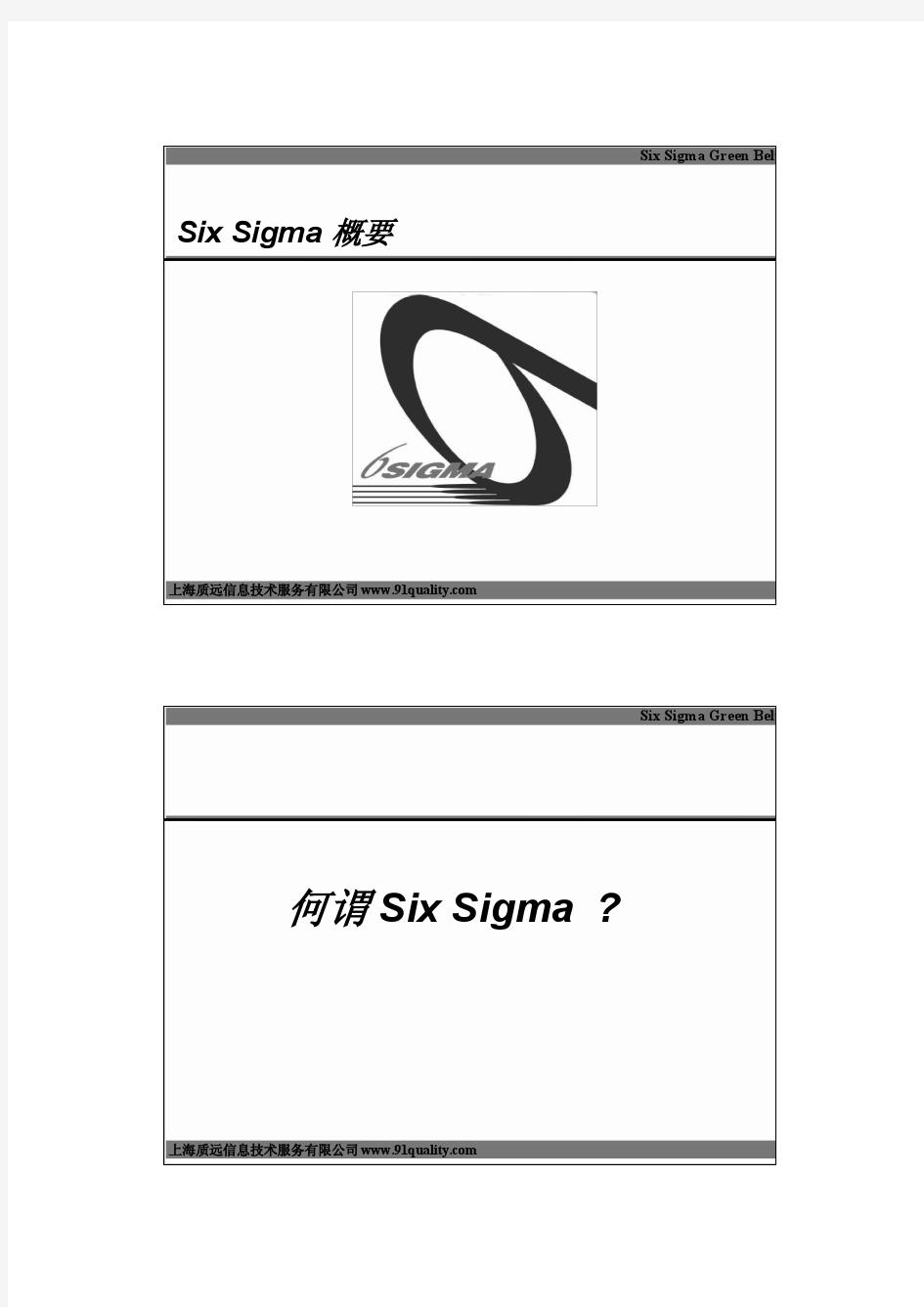

On choice-o?ering imperatives Maria Aloni? 1Introduction The law of propositional logic that states the deducibility of either A or B from A is not valid for imperatives(Ross’s paradox,cf.[9]).The command (or request,advice,etc.)in(1a)does not imply(1a)(unless it is taken in its alternative-presenting sense),otherwise when told the former,I would be justi?ed in burning the letter rather then posting it. (1) a.Post this letter!? b.Post this letter or burn it! Intuitively the most natural interpretation of the second imperative is as one presenting a choice between two actions.Following[2](and[6])I call these choice-o?ering imperatives.Another example of a choice-o?ering imperative is (2)with an occurence of Free Choice‘any’which,interestingly,is licensed in this context. (2)Take any card! Like(1a),this imperative should be interpreted as carrying with it a permission that explicates the fact that a choice is being o?ered. Possibility statements behave similarly(see[8]).Sentence(3b)has a read-ing under which it cannot be deduced from(3a),and‘any’is licensed in(4). (3) a.You may post this letter.? b.You may post this letter or burn it. (4)You may take any card. In[1]I presented an analysis of modal expressions which explains the phe-nomena in(3)and(4).That analysis maintains a standard treatment of‘or’as logical disjunction(contra[11])and a Kadmon&Landman style analysis of‘any’as existential quanti?er(contra[3]and[4])assuming,however,an in-dependently motivated‘Hamblin analysis’for∨and?as introducing sets of alternative propositions.Modal expressions are treated as operators over sets of propositional alternatives.In this way,since their interpretation can depend on the alternatives introduced by‘or’(∨)or‘any’(?)in their scope,we can account for the free choice e?ect which arises in sentences like(3b)or(4).In this article I would like to extend this analysis to imperatives.The resulting theory will allow a uni?ed account of the phenomena in(1)-(4).We will start by presenting our‘alternative’analysis for inde?nites and disjunction. ?ILLC-Department of Philosophy,University of Amsterdam,NL,e-mail:M.D.Aloni@uva.nl
Introdution
Mike Jian
INTRODUCTION ?Section A: ?Comprises 8 two mark and 4 one mark multiple choice questions. ?Section B: ?Four 10 mark questions. ?Two 20 mark questions.
INTRODUCTION The examination is a three hour paper with 15 minutes reading and planning time. All questions are compulsory. Some questions will adopt a scenario/case study approach. All those questions will require some form of written response although questions on planning or review may require the calculation and interpretation of some basic ratios.
1.Which TWO of the following should be included in an audit engagement letter? ①Objective and scope of the audit ②Results of previous audits ③Management’s responsibilities ④Need to maintain professional scepticism A.① and ② B.① and ③ C.② and ④ D.③ and ④ (2 marks)